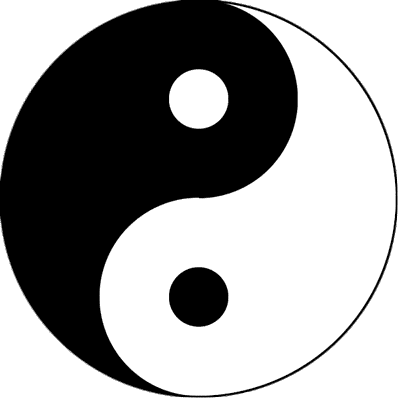TCM Pathogenic Qi: Sleep Disorders & Body-Nature Correspondences
Yellow Emperor inquired: “When pathogenic qi invades the body, causing insomnia with eyes wide open, what physiological mechanism underlies this?”
Bo Gao elucidated: “Postprandial digestion yields three derivatives:
- Zong Qi (Pectoral Energy): Accumulates in the thorax, governs respiration via pharyngeal-cardiopulmonary pathways.
- Ying Qi (Nutritive Energy): Transmutes into blood, nourishing extremities and viscera through diurnal-nocturnal meridian cycles.
- Wei Qi (Defensive Energy): A swift yang essence coursing through cutaneous-muscular planes, alternating between yang meridians by day and yin channels by night, originating from the Kidney Meridian.
When turbid qi stagnates in zang-fu organs, Wei Qi becomes confined to superficial yang domains, inducing yang hyperactivity. This overstimulates the yang qiao meridian, creating yin deficiency that disrupts sleep-wake cycles.”
Yellow Emperor praised: “Brilliant! What therapeutics apply?”
Bo Gao prescribed: “Restore equilibrium via:
- Balanced supplementation-drainage to harmonize yin-yang
- Banxia Decoction to regulate internal-external qi flow
- Meridian-specific acupuncture with perpendicular insertion (drainage) and controlled withdrawal (supplementation)
Decoction Protocol:
- 8 sheng of flowing river water, decanted after prolonged agitation
- Boiled with sorghum (1 sheng) and processed banxia rhizome (5 ge)
- Reduce to 1.5 sheng; dose: 1 cup bid until efficacy
- Acute cases: Bedrest post-dose with diaphoresis
- Chronic cases: Three-course regimen
Body-Nature Correspondences (Bo Gao’s Doctrine):
- Celestial Geometry: Round head (Heaven) vs. square feet (Earth)
- Sensory Analogies: Dual eyes (sun/moon), nine orifices (nine provinces)
- Emotional Climatology: Joy/rage (wind/rain), voice (thunder)
- Chronobiological Mapping: 365 acupoints (days), 12 joints (months)
- Topographical Mirroring: Shoulders (mountains), popliteal fossae (valleys)
- Vascular Hydrology: 12 primary meridians (major rivers), Wei Qi (subterranean springs)
Meridian Pathways & Clinical Nuances (Qibo’s Exposition):
- Hand-Taiyin Lung Meridian: Originates at thumb tip → curves through thenar eminence → ascends to cubital fossa → terminates in pulmonary plexus.
- Hand-Jueyin Pericardium Meridian: Emerges from middle fingertip → traverses palmar fascia → converges at neiguan (PC6) → innervates cardiac plexus.
Cardiac Meridian Paradox:
“The Heart Meridian lacks acupoints as the sovereign organ cannot harbor pathogens. Pericardium serves as its protective envoy—needling PC7 (Daling) modulates cardiac disorders via collateral regulation.”
Needling Principles (Qibo’s Protocol):
- Pulse Diagnosis: Assess滑 (slippery), 涩 (choppy), 盛 (exuberant) qualities
- Cutaneous Evaluation: Observe muscular tonicity, skin temperature, and capillary refill
- Ocular Diagnostics: Iris coloration reflecting zang-organ pathologies
- Bimanual Technique: Left hand stabilizes anatomy → right hand manipulates needle with controlled torque
Eight Critical Joints (八虚) Pathogenic Reservoirs:
- Lung/Heart: Cubital fossae
- Liver: Axillae
- Spleen: Hip joints
- Kidney: Popliteal regions
